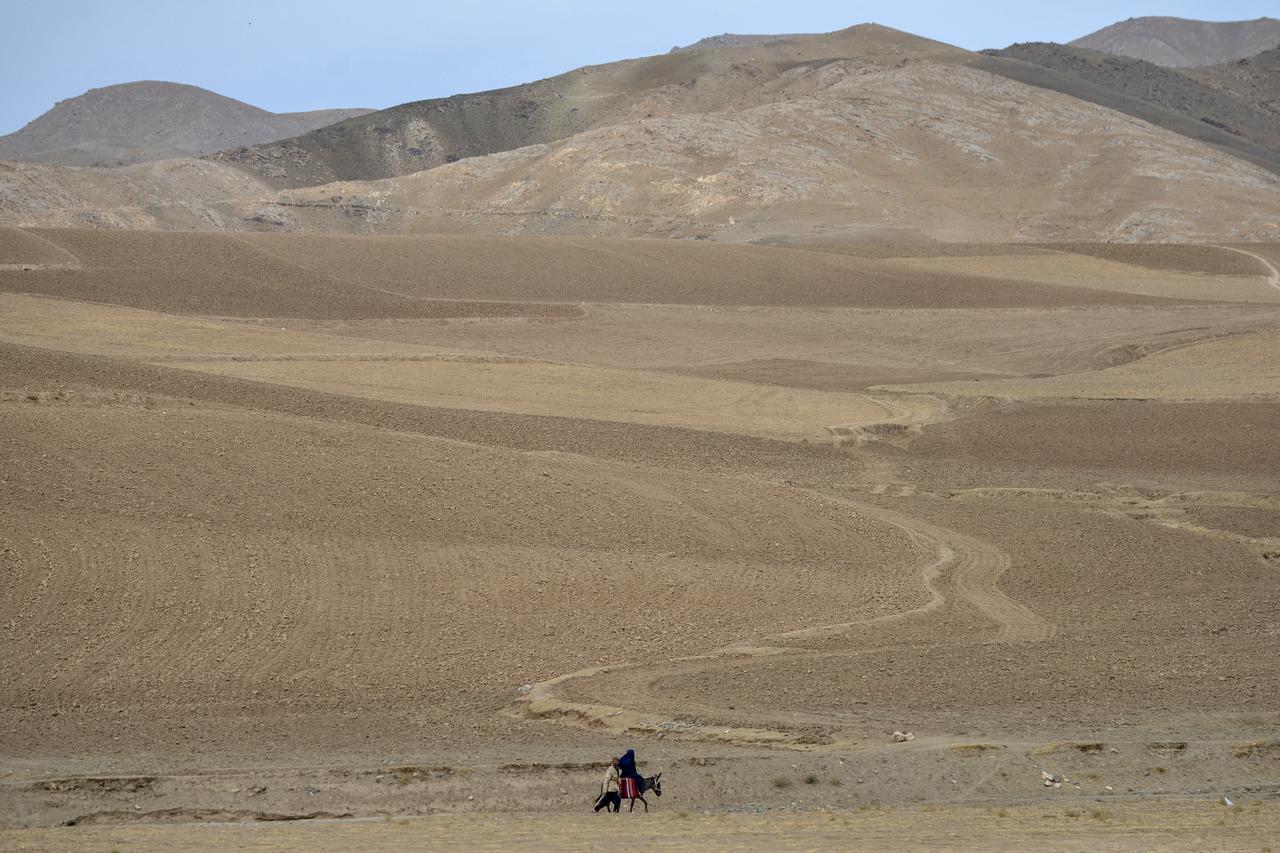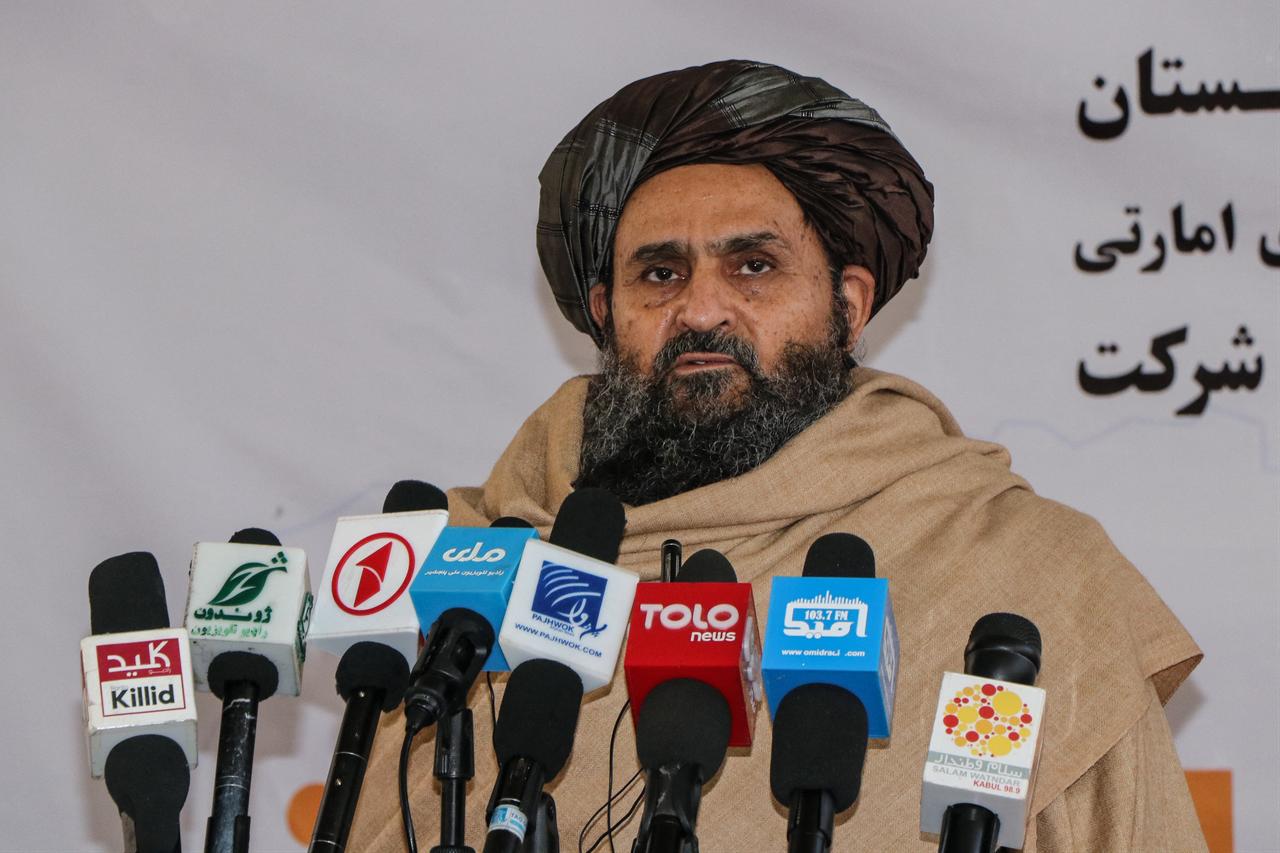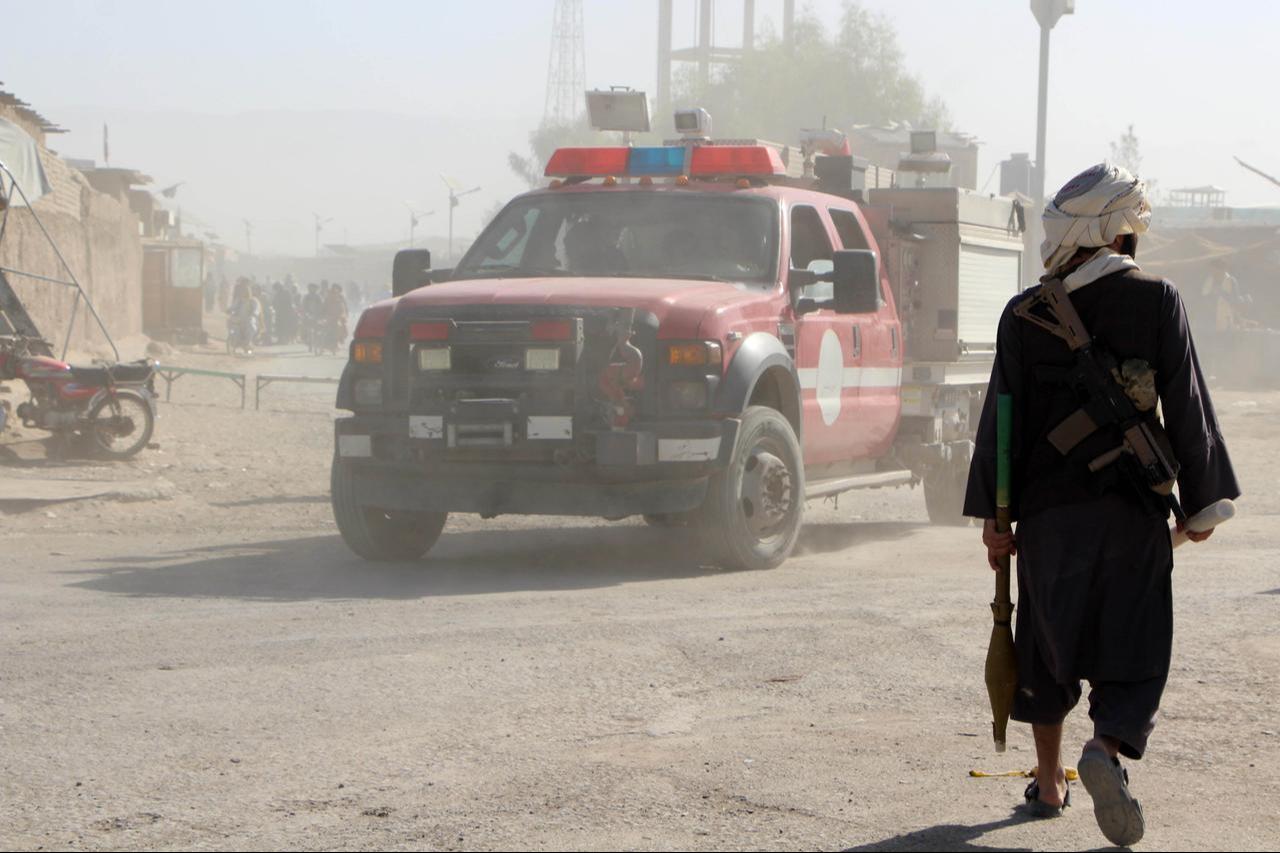
The Taliban government's problems with international recognition, economic contraction, and sharp tensions in relations with Pakistan are forcing Kabul to seek new trading partners and alternative corridors.
Pakistan's repeated closure of the Torkham and Chaman border crossings disrupted Afghanistan's access to global markets, causing millions of dollars in losses.
These developments have further highlighted the need for Afghanistan to break its dependence on traditional southern routes and diversify its economic breathing space.
It is precisely at this point that Central Asia, with its geographical proximity, search for political flexibility, and new regional integration initiatives, is increasingly becoming an attractive economic market for Afghanistan.
However, this development is not all opportunity; costs, infrastructure deficiencies, security risks and political constraints also place this new direction on fragile ground.
The fragility of Afghanistan's trade via Pakistan has been starkly highlighted once again by the border crossing crises of recent months.
The closure of the Torkham and Chaman border crossings for weeks, with thousands of lorries waiting at the borders and agricultural products spoiling, caused serious economic losses for Afghan exporters.
The approximately $200 million in damages incurred during this period was not viewed by the Taliban administration as merely an economic problem; it took on the nature of a strategic warning that necessitated addressing the security of the foreign trade route from a different geopolitical perspective.
The description of Pakistan's border management as a “political pressure tool” by senior Taliban officials and their call for traders to use northern routes signalled a clear shift in Kabul's trade strategy.
There are two fundamental dynamics behind this transformation:
Firstly, the necessity to diversify Afghanistan's foreign trade network. Over-reliance on a single country makes the Afghan economy vulnerable to both political crises and border security issues.
Secondly, Central Asian countries are increasingly viewing Afghanistan as an element of regional integration and, within this framework, demonstrating a desire to institutionalize economic relations with Afghanistan.
In this context, the increase in Afghanistan's trade volume with Central Asia to $1.7 billion shows that the countries in the region have both expanded and significantly diversified their economic ties with Kabul.

The fact that trade with Uzbekistan has reached $1.1 billion and that the parties aim to reach a volume of $2 billion in the short term demonstrates that Tashkent positions Afghanistan as an indispensable link in its South Asian outreach.
Similarly, Kazakhstan's roadmap, which includes a $3 billion trade target, shows that Astana views the Afghan market as a strategic area for flour, fuel and food products and also wants to transform this trade link into a long-term partnership model.
The fact that trade via Turkmenistan has more than doubled in two years confirms that the northern orientation has gained a stable footing.
The infrastructure underpinning this economic growth is also steadily strengthening. Increased capacity on the Hairatan-Termez line, the regularization of trade via Turgundi-Serhetabat, and the modernization of logistics centers have begun to reduce Afghanistan's access costs to Central Asia.
In addition, the Trans-Afghan railway project remains on the agenda, indicating that the goal of building a new economic backbone between Central Asia and South Asia is still being pursued.
The transformation of Afghanistan into a connection point under the CASA-1000 project, which enables energy transfer with Kyrgyzstan and Tajikistan, demonstrates that Kabul is considered a strategic element of regional energy flows, beyond being merely a transit route.
The regional political atmosphere also plays a decisive role in strengthening the northern orientation.
The vision of a “Central Asian Community” put forward by Uzbekistan's President Shavkat Mirziyoyev aims to deepen regional integration while offering a strategic approach that ensures Afghanistan is not excluded from this architecture.
The trade fairs organized by Tashkent and Astana in Afghanistan, along with protocols concerning supply chain initiatives and logistics centers focused on Afghan exporters, indicate that this trend is evolving from a temporary crisis response into an institutionalized new economic orientation.
This integrated outlook demonstrates that Central Asia has the potential to go beyond being merely a complementary route for Afghanistan and become a structural economic gateway.
The northern orientation is no longer a short-term diplomatic maneuver; it is emerging as a permanent strategic orientation that reshapes Afghanistan's trade architecture, is supported by regional integration processes, and is integrated into long-term economic equations.

Although Afghanistan's orientation towards Central Asia has gained significant momentum in recent years, the current capacity of the northern corridors makes this orientation far from fully sustainable.
The fact that almost all routes between Afghanistan and Central Asia rely on road transport not only prolongs transit times but also significantly increases costs, thereby weakening the competitiveness of goods.
The fact that the transit trade of five landlocked Central Asian countries depends on port access means that the northern route is no longer a viable alternative for Afghanistan.
These structural limitations are particularly noticeable in the agriculture and livestock sectors. Insufficient cold storage facilities in northern routes, long waiting times at border crossings, and frequent vehicle changes during transport make the shipment of perishable goods risky.
Under normal circumstances, fruit and vegetable shipments that take three to four nights to reach their destination via Pakistan now take between fifteen and sixty days via Central Asia or Iran, creating a significant disadvantage in terms of both time and cost.
In addition to these delays, transfers along the transport chain are causing costs for Afghan traders to increase by between two thousand and two thousand five hundred dollars.
The near impossibility of transporting live poultry along northern routes further highlights the fragility of the food supply chain.
In addition to logistical constraints, regional economic policies also limit the northward orientation. High customs duties applied in Central Asian countries create significant cost pressures, particularly in Afghanistan's less competitive sectors.
High tariff rates limit Afghanistan's exports to these countries, while the dominance of imports leads to a trade imbalance unfavorable to Afghanistan.
Consequently, even if Afghanistan wishes to expand its trade with Central Asia, it is structurally bound to establish an economic relationship dependent on imports.
Another factor limiting the capacity of northern routes is unfinished infrastructure projects. For example, the inability to proceed with the sections of the Trans-Afghan railway line passing through Afghanistan due to a lack of funding creates a critical gap in connecting Central Asia to South Asia.
Similarly, some of the new railway lines expected to strengthen connections with Turkmenistan and Uzbekistan are still at the feasibility or project stage.
The lack of international recognition of the Taliban government is severely limiting access to the external financing required for infrastructure, resulting in very slow progress on these projects.
However, the opportunities that Central Asia offers Afghanistan are not entirely limited. The political will of the countries in the region and the pragmatic relations they have established with Afghanistan could create significant advantages in the long term.
In particular, Uzbekistan and Kazakhstan spearheading regional transport projects, Turkmenistan's increasing trade volume via Turgundi, and Kyrgyzstan and Tajikistan establishing links with Afghanistan through energy projects indicate that the northern orientation could gain stronger ground in the future.
However, whether these advantages can translate into a tangible “economic exit route” appears to depend on a reduction in logistics costs, improvements in customs procedures, and the completion of the rail network.
About the author: Zeynep Gizem Ozpinar is a board member and foreign policy specialist at the Turkish Foreign Policy Research Center (TUDPAM).